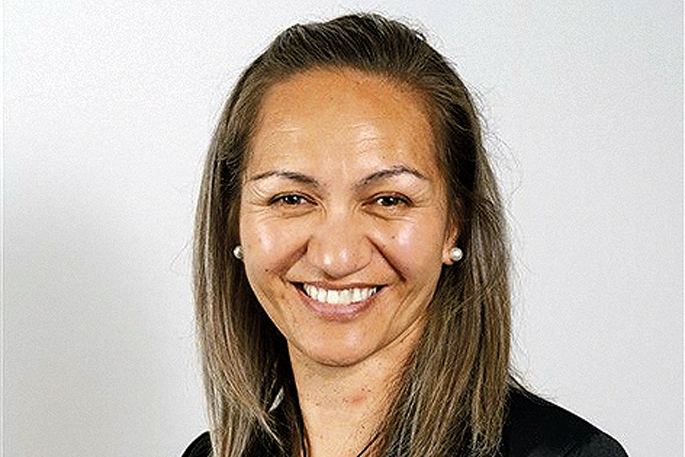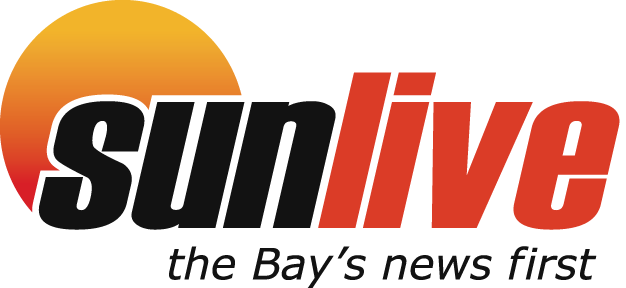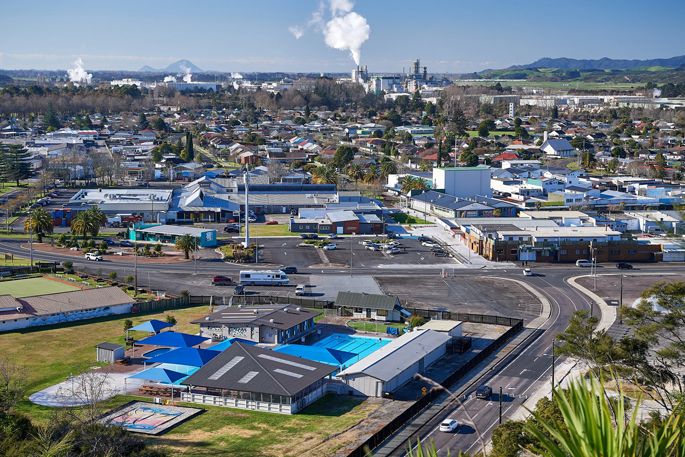Kawerau’s residential ratepayers face rates increases of between 13.2 per cent and 13.5 per cent dependent on the capital value of their property, if the proposed rates increase is adopted in June.
Kawerau District Council has proposed an overall increase in rates of 15.1 per cent across the whole district for its Annual Plan for 2024-2025.
Broken down into how much extra different property owners would pay weekly, a property with a capital value of $52,000 would see a weekly increase of $4, a property with a $445,000 capital value would see a weekly increase of $8 and a property with a capital value of $750,000 would see a weekly increase of $11.
Commercial-industrial ratepayers will see increases of between 14.9 per cent and 15.2 per cent. Increases begin at $15 a week for a property with a capital value of $170,000 to $3449 a week for a property with a capital value of $46.25 million.
These figures are based on an increase in the Uniform Annual General Charge (UAGC), the amount every ratepayer pays, before capital value is calculated, from $850 to $950.
The increased UAGC was agreed on to spread increases more evenly across ratepayers.
“Times are really tough at the moment,” says Mayor Faylene Tunui.
“We do have a capital value-based system that assumes that capital value also assumes income and payment capability ... that isn’t always the case. We have a number of examples in our community of asset-strong and income-limited, particularly as you get into elderly-pakeke age, where your income is determined.
 Kawerau Mayor Faylene Tunui.
Kawerau Mayor Faylene Tunui.
Faylene acknowledged that nationwide there had been an increase in the cost of living.
“The mahi of council and what we do in terms of providing these services, some of which are regulatory, meaning we have no choice. The goalposts are defined for us. We don’t actually have a lot of room to move but we do the best we can.”
The increase would allow the council to maintain its current level of service to its community.
Significant drivers of the increases included:
-increased personnel costs due to inflationary costs and the tight labour market,
-increases in levels of depreciation for strategic assets,
-increased finance costs on the loan to fund the drinking water pipe replacements,
-higher inflationary pressures and resource availability driving higher operational costs across water maintenance, refuse cartage and disposal, insurance, civil defence costs, election expenses and electricity,
-Reduction of government subsidies to fund the spatial plan development costs
Council will adopt the draft consultation document on April 10, with community consultation starting on April 12. This will include a series of stakeholder and public meetings.
The mayor is encouraging people to have their say.
“We wish to ensure that people have the opportunity to ask questions, raise concerns and make suggestions about particular areas of service or operations.”
A hearing for submitters to talk to elected members will be held on May 22.
The annual plan will be adopted at a council meeting on June 26.
LDR is local body journalism co-funded by RNZ and NZ On Air.




0 comments
Leave a Comment
You must be logged in to make a comment.